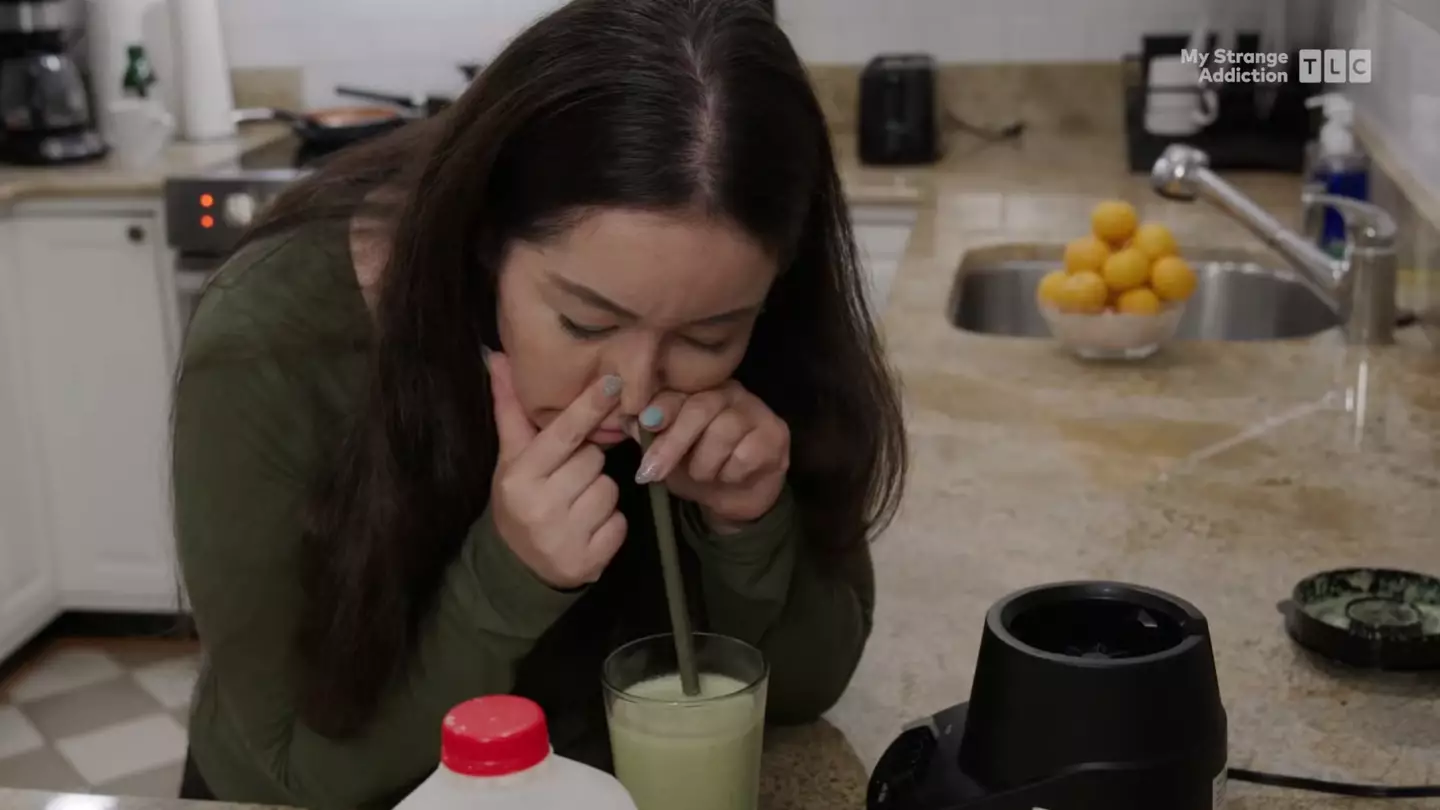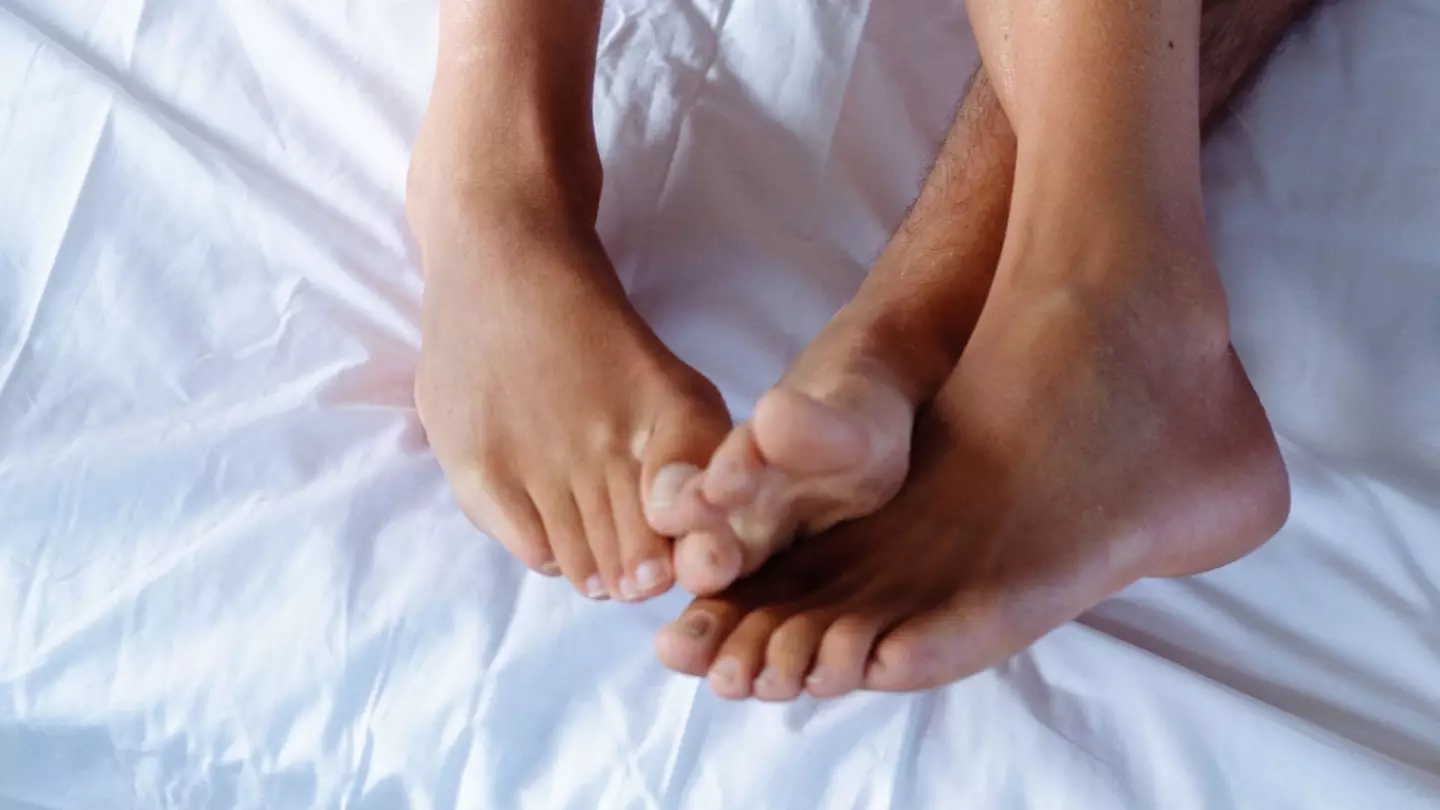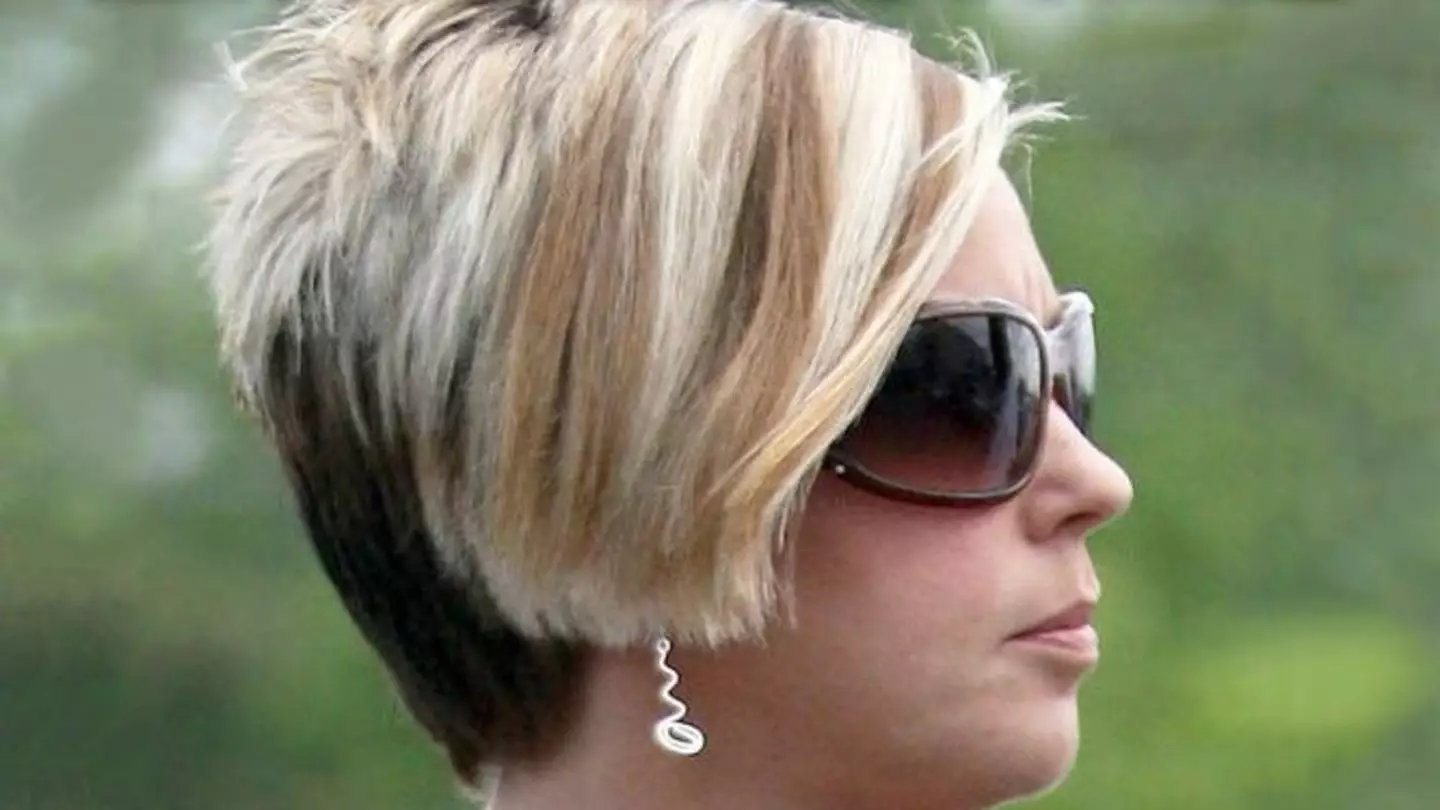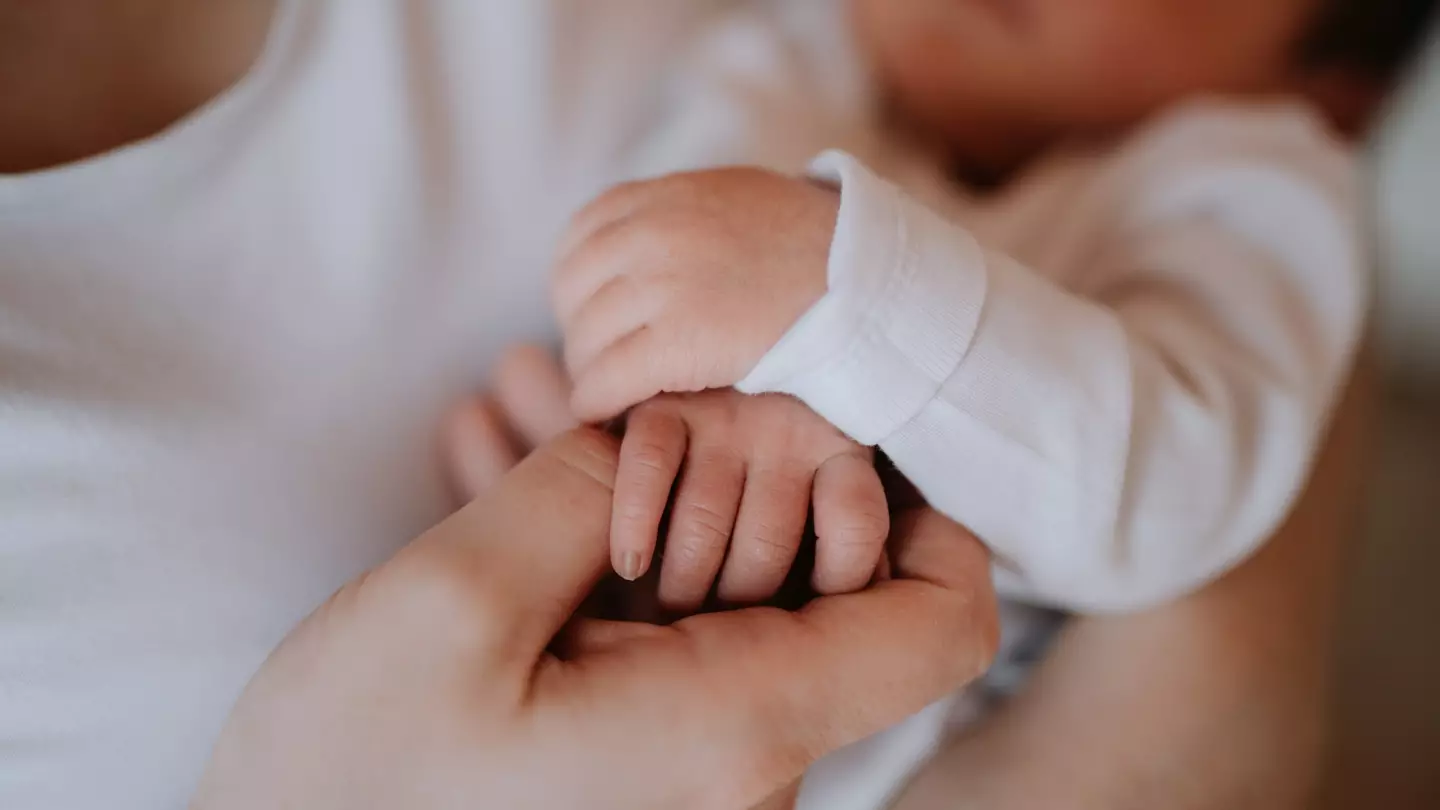_Large.jpeg)
_Large.jpeg)

Loren Schauers says there's one thing he misses more than anything else
.png)
This trait is often shown by people with higher levels of psychopathy

If you're called an 'unc', it may not be as offensive as it sounds

People will easily be able to tell your age by how you film social media content

"You're a mean one, Mr Grinch"

Scott Johnson reckoned he was spending about 80 percent of his earnings on gambling
.png)
Ever wondered if you're at risk of becoming a Karen?

It should be a crime to blend a steak

This isn't something you'd want to experience

No, this does not mean you're attracted to aliens or space
.jpg)
The sexuality was coined in 2014 on Tumblr

A therapist said being in the wrong relationship could result in physical symptoms

And he's seen all sorts of stuff on his travels

Australian palliative care worker and best-selling author Bronnie Ware noticed the same themes emerging with end of life patients

It's a pretty simple explanation but could make a huge difference

Some people reckon 'Karen' is a gender-neutral term

The content creator has addressed comments over her decision to make her twins wear them

Performance artists Linda Montano and Tehching Hsieh weren't allowed to touch each other

The audience came close to killing her

He reckons this could mean big change for your new year

He made the admission during a rare interview

Naming trends will often influence what parents choose to call their baby




